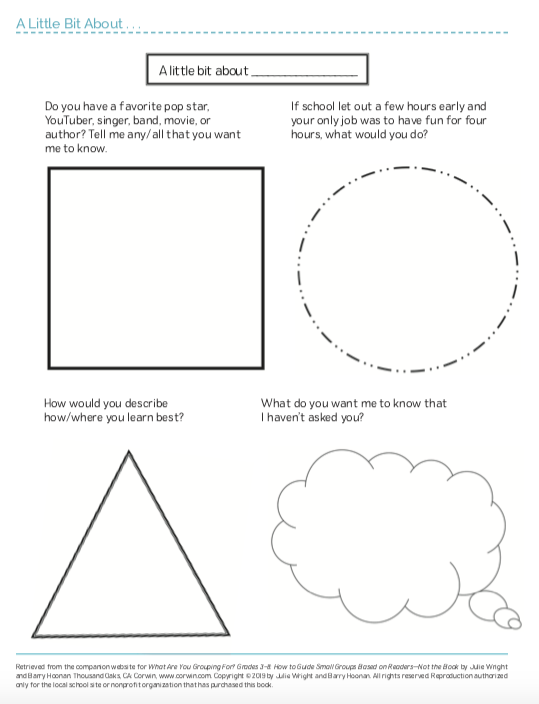As winter break approaches and your eyes turn to the first weeks of 2020, consider increasing small group learning opportunities for your students. We know there are often obstacles that make small groups difficult to manage. One way to overcome those challenges is through intentional and strategic planning. if you want to jumpstart your planning NOW [yes, even before the winter break!] or in January, take a look at the First 15 Days of Small Group Learning. Remember, small groups can be launched at any point in the school year!
The first 15 days were written with care, but of course did not take into account the specific needs of your students. So, don’t be afraid to adjust these plans to make them match your goals along with students’ interests, wants and needs. If any of these plans don’t quite fit, you might want to:
Spend more time if needed [turn one day of learning and extend it across 2-3 days]
Spend less time if needed [skip or shorten a workshop]
Also, remember…
If you don’t have the suggested materials, swap them out for things that are readily available
If the suggested focus for instruction is not what your students need—collectively or individually—change it up
If you aren’t sure if the plans are working or helping students—remember to ask them to share their ideas and insights with you. Students are often the best self-assessors of what they know, are able to do, and what they need next. All we have to do is ask.
Flexible, small group learning yields great results with measurable impacts. Here’s to finding JOY in small group learning in the days, weeks, and months to come!


